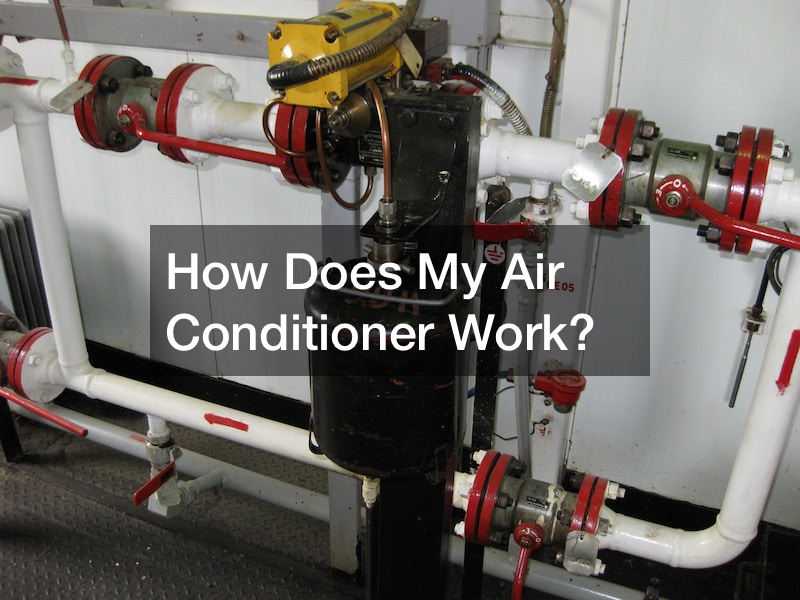
Air conditioners perform the crucial function of maintaining the temperature of a room at a comfortable level for people. They’re especially pivotal on hot, sweltering days during the summer, as they keep the room cool. Despite their widespread use, the processes that underlie the working operations of air conditioners are seldom understood by most. The YouTube video “How Air Conditioning Works” delves into how an air conditioner performs its air conditioning & heating function.
The premise behind the work of an air conditioner is based on the fluidity between gas and liquid.
When liquids are evaporated, they require energy to convert into gaseous form, leading to a drop in the temperature of the energy source. In the case of air conditioners, the refrigerant stored in the coils has a low boiling point and can be easily converted to gas at room temperature. The refrigerant sucks up the heat in the air, and the fan circulates the resulting cool air back into the room.
The heat absorbed by the refrigerant is blown outside the room while the refrigerant is condensed back into liquid. This allows the cooling process to repeat itself. This is done using a compressor that ramps up the pressure on the refrigerant gas.
.


